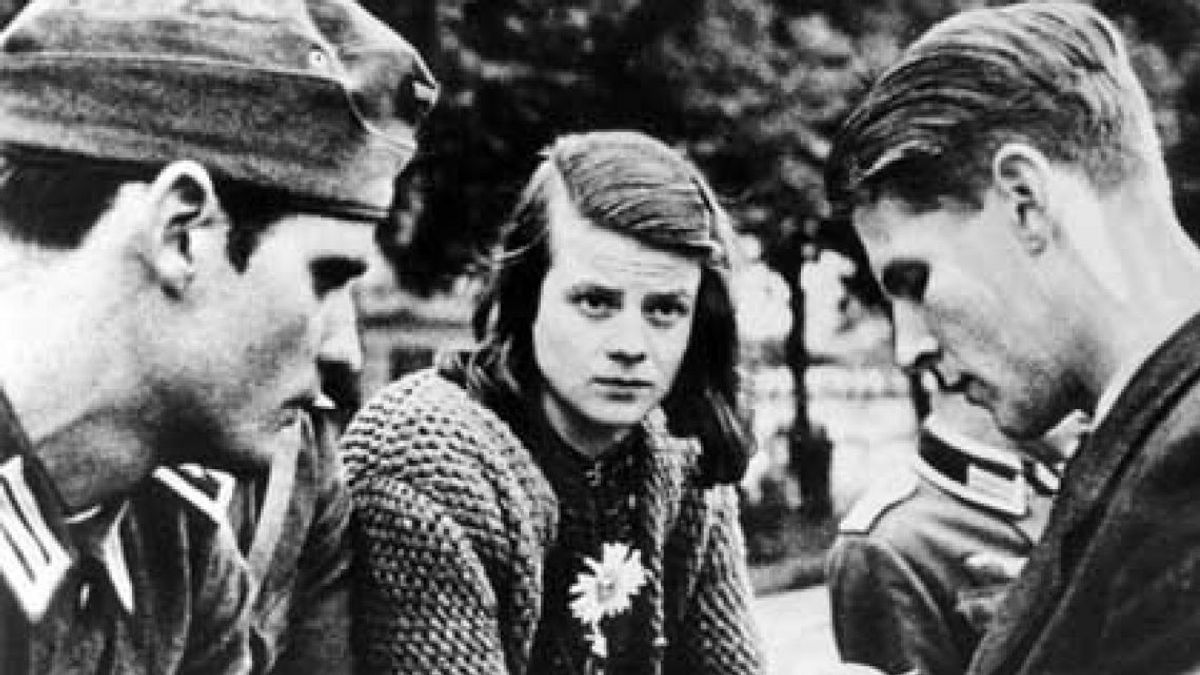JAKARTA - On February 22, 1943, three students of the University of Munich; Hans Scholl, Sophie Scholl, and Cristoph Probst were beheaded by the Nazi government. Previously, the sentence was imposed on February 18, 1943 after a member of the Nazi Party found Hans Scholl and Sophie Scholl throwing leaflets from the University of Munich campus building. They were arrested that day and an investigation revealed that another student, Christoph Probst, had also contributed to distributing the leaflets. Judging from the distance between arrest and punishment, the three students were put on trial quickly.
Hans Scholl, Sophie Scholl, and Christoph Probst are members of the White Rose, a German anti-Nazi group formed in Munich in 1942. In contrast to the July Plot (1944) conspirators whose members were part of youth gangs such as the Edelweiss Pirates, the White Rose members advocated nonviolent resistance as a way of defying the Nazi regime.
White Rose was founded by three students at the University of Munich, namely Hans Scholl, Willi Graf, and Alexander Schmorell. The three of them are medical students. While on the East Front, the three of them observe the killing of Jews by the Nazi regime. When they return to Munich, the three gather to invite other students, including Hans's sister Sophie, to discuss their opposition to the Nazi regime.
Quoted from History, Saturday, February 22nd, Hans Scholl is a former member of Hitler's youth. As he got older, Hans became more and more disillusioned with Nazi ideology. When he was a freshman at the University of Munich in 1940-1941, he met two Roman Catholics who had succeeded in directing his life. Hans turned to study religion, philosophy, and art. Hans Scholl gathered was also fortunate enough to be able to gather with like-minded friends, against the Nazi ideology which claimed thousands of innocent lives.
Combining youthful ideals with impressive knowledge of German literature and Catholic religious teachings, students increasingly demonstrated their opposition through a series of leaflets in the name of the 'White Rose' and later also known as the 'Resistance Leaflets'.
The risks of joining such a group are enormous. The lives of civilians were then monitored for any deviation from absolute loyalty to the state. Even casual comments critical of Hitler or the Nazis can lead to arrest by the Gestapo, the regime's secret police.
Yet White Rose members risk it all, motivated purely by idealism, moral principles, ethics, and sympathy for their Jewish friends.
The first leaflet, published in June 1942, is freely quoted from the works of Friedrich Schiller and Johann Wolfgang von Goethe. The most popular leaflet contained a narrative to advocate passive resistance to the Nazi war effort. The leaflet ends with the statement, "Don't forget that every nation has the right to a government that is ready to suffer (its people)."
Using the addresses obtained on the telephone, the flyers were sent to people all over Munich. For the next eight months they continued to distribute leaflets with various narrative themes. The Gestapo saw it as a threat posed by them. In early 1943, White Rose members were distributing leaflets by hand and they started an anti-Nazi graffiti campaign, painting "Freedom" and "Down with Hitler" on buildings all over Munich.
After Hans, Sophie, and Cristoph were executed, in the following months many students were jailed for having connections to White Rose. The two other White Rose founders, Willi Graf and Alexander Schmorell, were also later executed by the Nazi government.
The English, Chinese, Japanese, Arabic, and French versions are automatically generated by the AI. So there may still be inaccuracies in translating, please always see Indonesian as our main language. (system supported by DigitalSiber.id)








